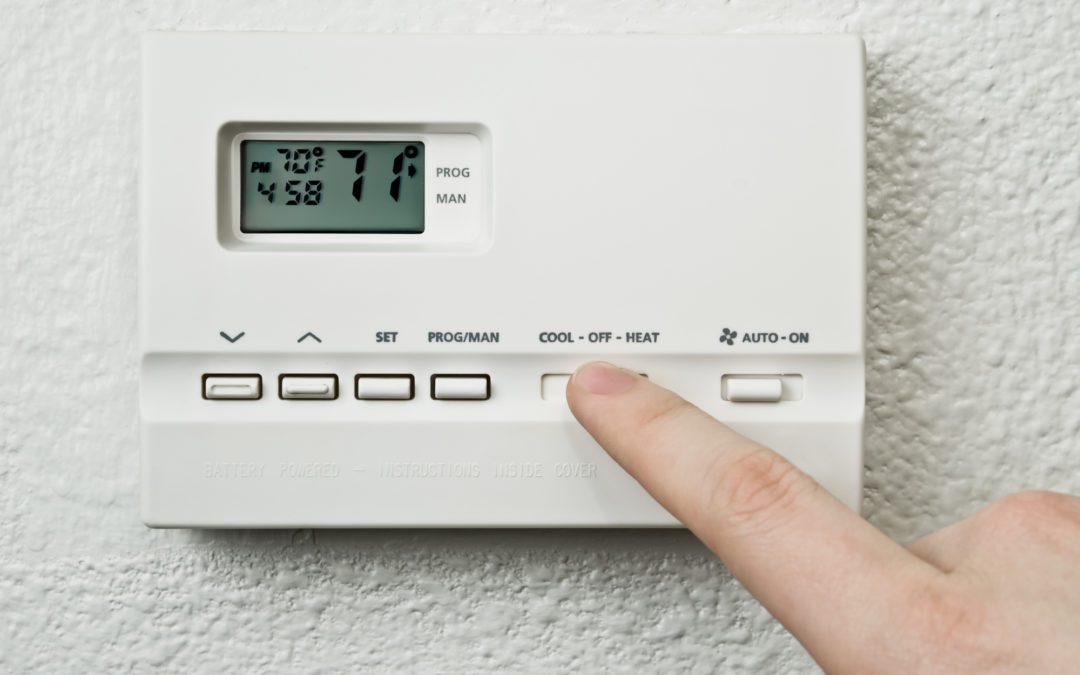It’s estimated that 90 percent of Americans enjoy using an HVAC system since it contributes to creating ideal living conditions indoors. The external temperatures during certain seasons can be extreme, highlighting the essential need for a fully operational system. However, since the HVAC unit comprises several components, its function is at the mercy of certain parts. One such element is the thermostat. Since it’s the primary line of communication between yourself and the system, you should be aware of potential faults. It’s crucial to ask yourself the question, “should I replace my old thermostat?” because your current thermostat may be in operational condition.
There are two primary reasons to replace your thermostat – the old one is broken or it’s not performing as you wish. To establish if it is damaged, you may have to bypass the thermostat to determine if the blower is operational. You can remove the cover of the thermostat to inspect the wiring. Loose control wires may be the problem, so you can remove the wires and twist them together. If the blower functions normally, then the thermostat has come to the end of its service. However, if the blower isn’t working, then you should call an HVAC technician.
If you have an older type of thermostat – the dial or slider options – you’d have to be present to adjust the temperature. When you discover that the system isn’t heating or cooling to the set temperature, you require the services of an HVAC company. However, there are other signs that you should look out for that indicate it’s time to change your old thermostat.
Bear in mind that the thermostat communicates with the system, so if you find that the HVAC turns off or on, it’s likely there’s an issue with the thermostat. Every household with an HVAC system aims to reduce their energy bills, but a fault can have the opposite effect. When the thermostat isn’t reading the temperature correctly, it overworks the system, consuming more power. A technician should inspect the system to determine if the thermostat has run its course.
The lifespan of the majority of thermostats is around ten years. However, you may want to replace it with an energy-efficient option, especially if you have a non-programmable thermostat. More households are embracing the technology-laden programmable thermostats that deliver more options and efficiency.
The majority of programmable thermostats are digital, electromechanical, or a hybrid of the two. With the digital option, you can enjoy adjusting the system for daylight savings time and multiple setback settings. It may be more difficult for older people to operate. Alternatively, an electromechanical thermostat uses sliding bars or pegs that are simple to program.
The location of your new thermostat is critical. It should be in a place that prevents ghost readings. Consider an interior wall that is away from direct sunlight, windows, doorways, and skylights. Furniture can block the natural flow of air so avoid placing them in front of or below your new thermostat.
Modern-day thermostats provide several advantages to homeowners, one of which is that you can control the temperature remotely. If you’re out and you know you’re heading home soon, you can turn on the system and create the ideal environment by warming or cooling the space before you arrive. There’s nothing like walking into a house with a perfect temperature.
Various studies have demonstrated that Americans who embraced programmable thermostats saved approximately 15 percent of their energy bills. The majority of people have been guilty of leaving the house without adjusting the air conditioner or heat settings on the thermostat. With these new components, you don’t have to be home to rectify these errors that can lead to a large energy bill. The thermostat will automatically reduce output when nobody’s home. Based on average readings, you can potentially save $300 in a year, which means the programmable thermostat can pay itself off.
The life that you live during the week is usually quite different from weekends. You may spend more time at home or away from home for two days in the week, which means your HVAC system should be adaptable. Programmable thermostats support this lifestyle since they adjust automatically. Furthermore, if you select an option with Wi-Fi connectivity, you can remotely control the system from a smartphone app.
When you’ve decided to shop for a new thermostat, you should consider models that offer some of these features:
- Simple to use controls
- Reminders
- Automatic Temperature Changing
- Automatic Changeovers
- Smartphone Control
Preparing for winter or summer should include a thorough inspection of your HVAC system. The thermostat forms a crucial part of the system since it’s the method of communication between you and your heating or cooling. Catching potential problems early means you don’t have to subject the occupants of your household to unfavorable temperatures inside the home. Recruit a reliable HVAC contractor to assist with inspecting your old thermostat and other maintenance such as duct cleaning.

